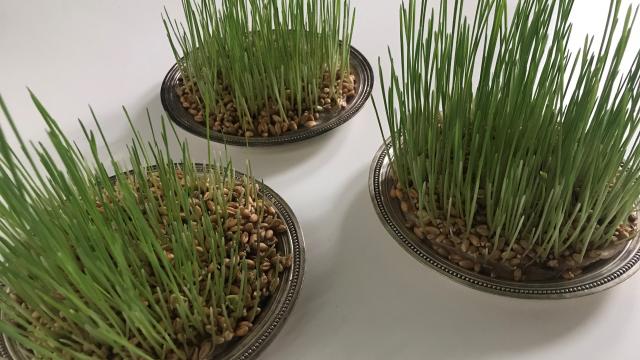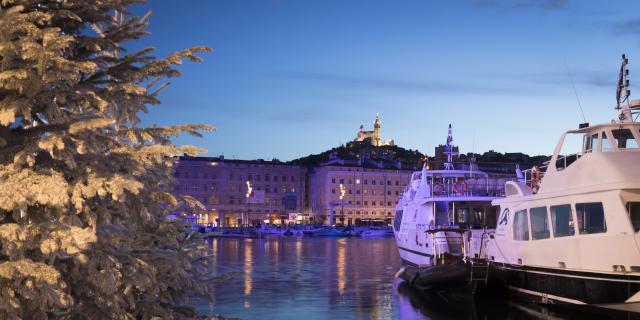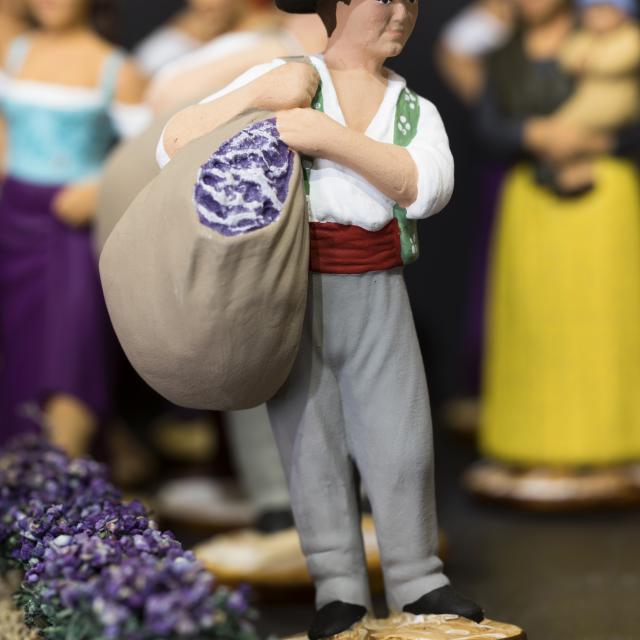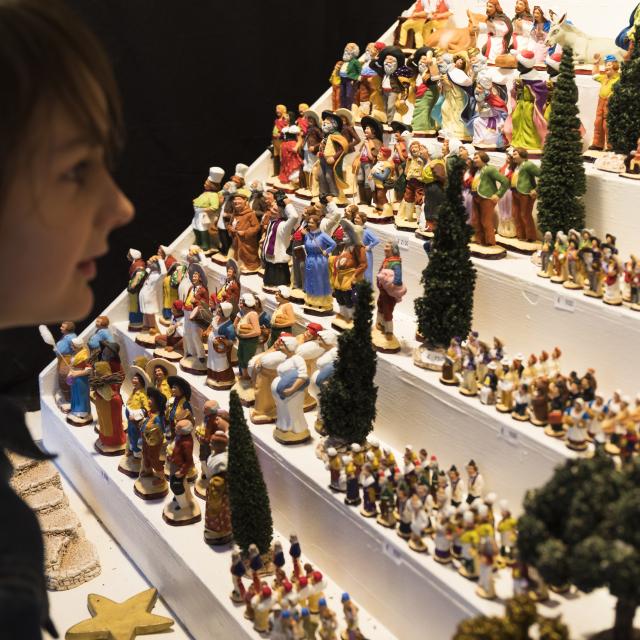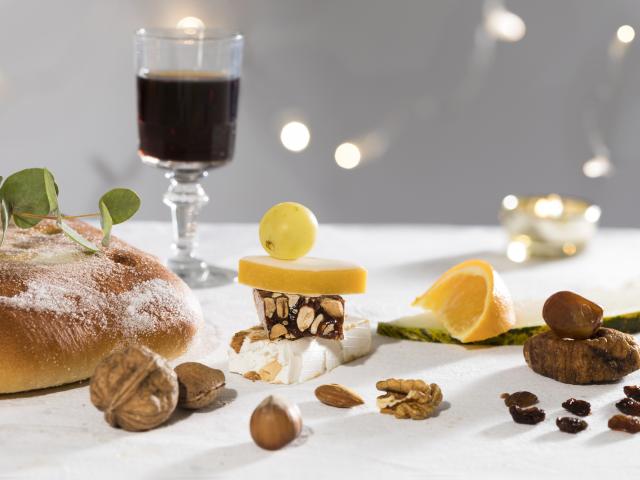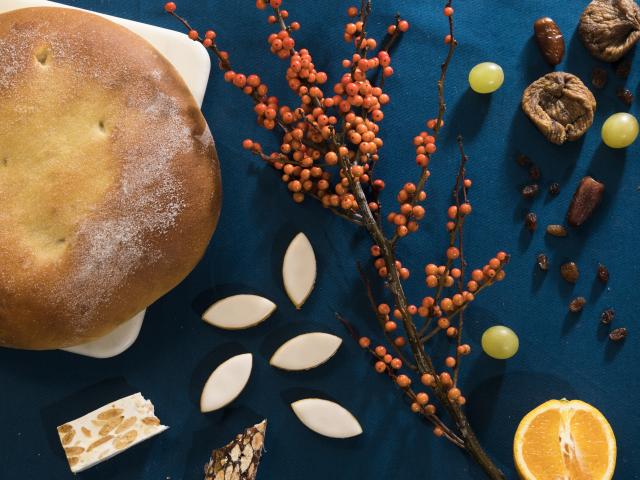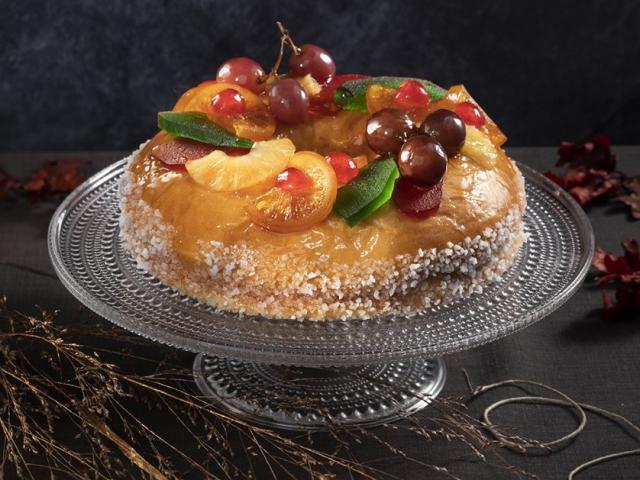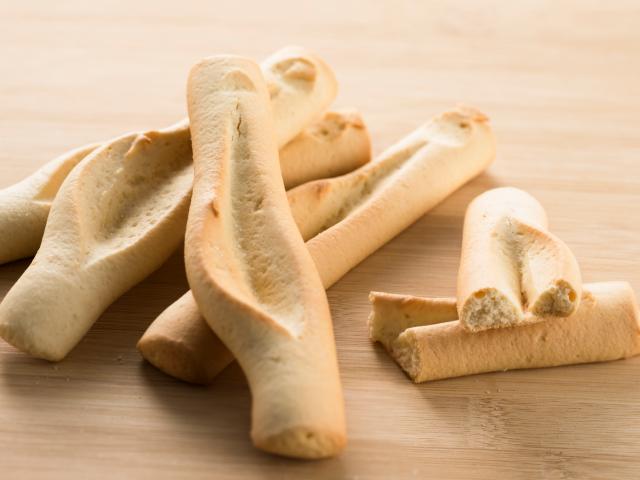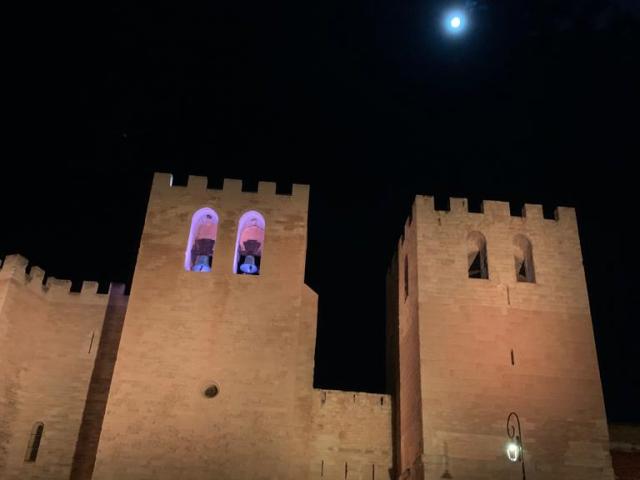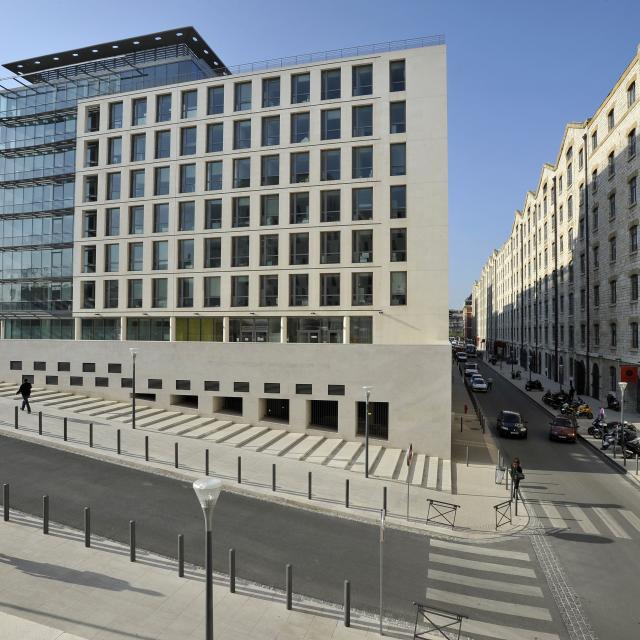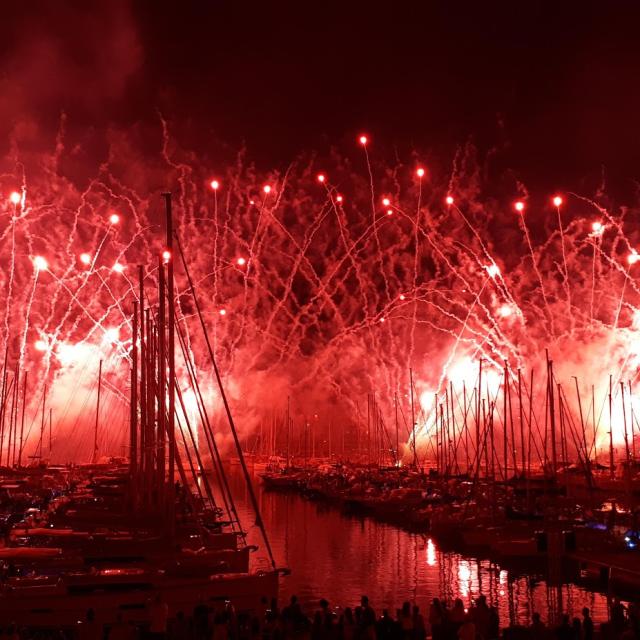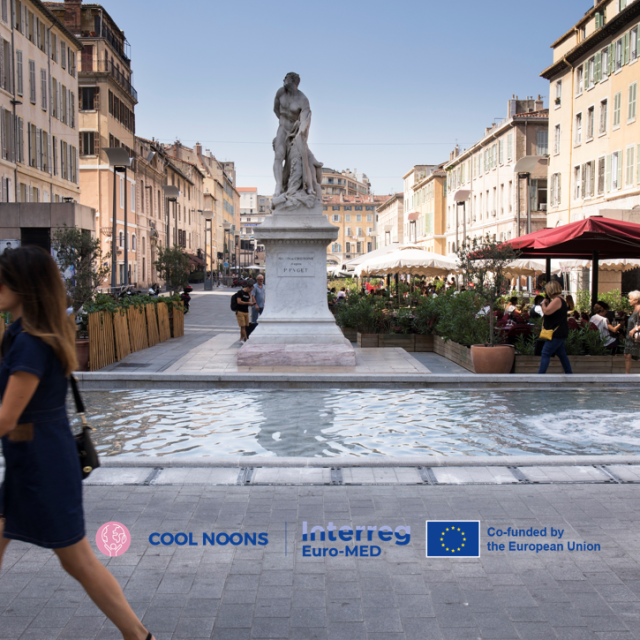When wheat rhymes with wealth
It all starts here on December 4th, when every self-respecting inhabitant of Marseille plants the wheat for Saint Barbara’s Day (the patron saint of firefighters).
What’s that all about? In days gone by, if the wheat grew well, the harvest would be plentiful and wealth assured. Even today, tradition dictates that wheat should be planted in a dish to ensure that our finances are prolific throughout the year!
For beginners, here’s a special “planting wheat on Saint Barbara’s Day” tutorial: Place some cotton wool in a ramekin, lying flat over the entire surface. Sprinkle it with a little water and spread the wheat on top. Water regularly, without drowning it, so that it germinates. An ideal and easy activity to do with children!
